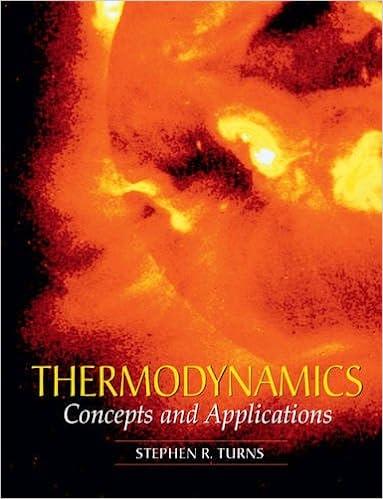Answered step by step
Verified Expert Solution
Question
1 Approved Answer
The system of parallel reactions of the figure ( A , B and C gases ) was studied in a non - porous catalytic granule
The system of parallel reactions of the figure A B and C gases was studied in a nonporous
catalytic granule with a diameter of The catalytic granule was exposed to a gas stream
containing molA in air, under a pressure of atm and a temperature of Kelvin
a Find the required minimum velocity of the gas stream so that the temperature at the surface
of the grain does not exceed
Hint: To simplify the calculations, you could assume that the value of the Reynolds number
corresponding to the required minimum velocity of the gas stream is large enough so that, for
this system, it can be assumed that and where :
Reynolds number, Sh: Sherwood number, Sc: Schmidt number, Nu: Nusselt number, and Pr:
Prandl number. However, you should check the correctness of this assumption after calculating
the minimum velocity.
b Calculate the point selectivity with respect to B and compare its value with that calculated
under main current conditions bulkIs the result of the comparison expected? Explain briefly.
c Calculate the external efficiency factor for each of the two reactions.
Additional data:
Activation energies of the two reactions:
enthalpy of the two reactions:
The two reactions are of order with respect to A with and
at
Under the conditions of the problem, the diffusivities of A B and C in the reactant mixture
can be considered constant and equal to the thermal conductivity of the
reactant mixture is equal to the specific heat of the reactant
mixture is equal to the kinematic viscosity of the reactant mixture is
equal to and the density of the reactant mixture is equal to
ABC behave as ideal gases. Please full answer with calculations and final answers.

Step by Step Solution
There are 3 Steps involved in it
Step: 1

Get Instant Access to Expert-Tailored Solutions
See step-by-step solutions with expert insights and AI powered tools for academic success
Step: 2

Step: 3

Ace Your Homework with AI
Get the answers you need in no time with our AI-driven, step-by-step assistance
Get Started


